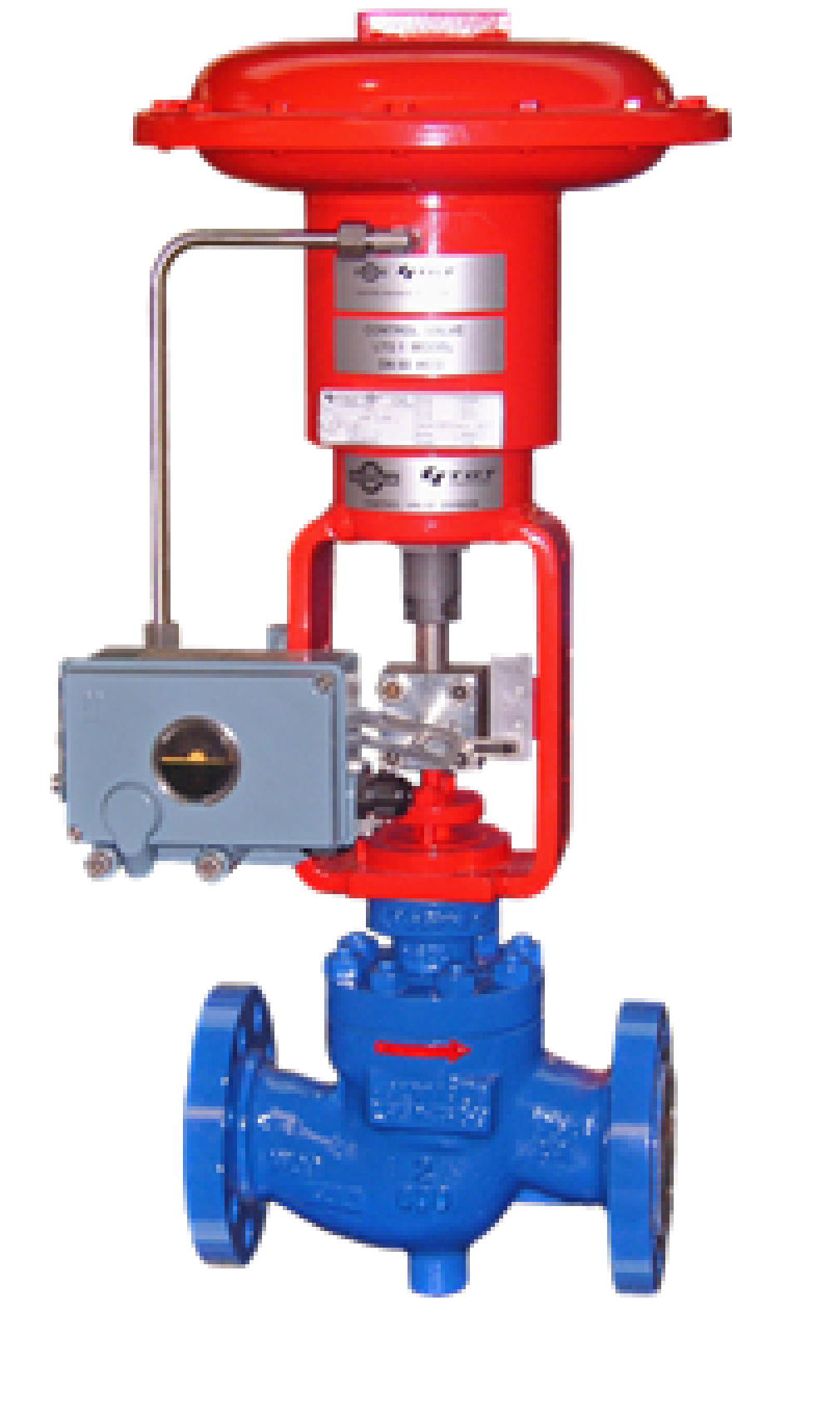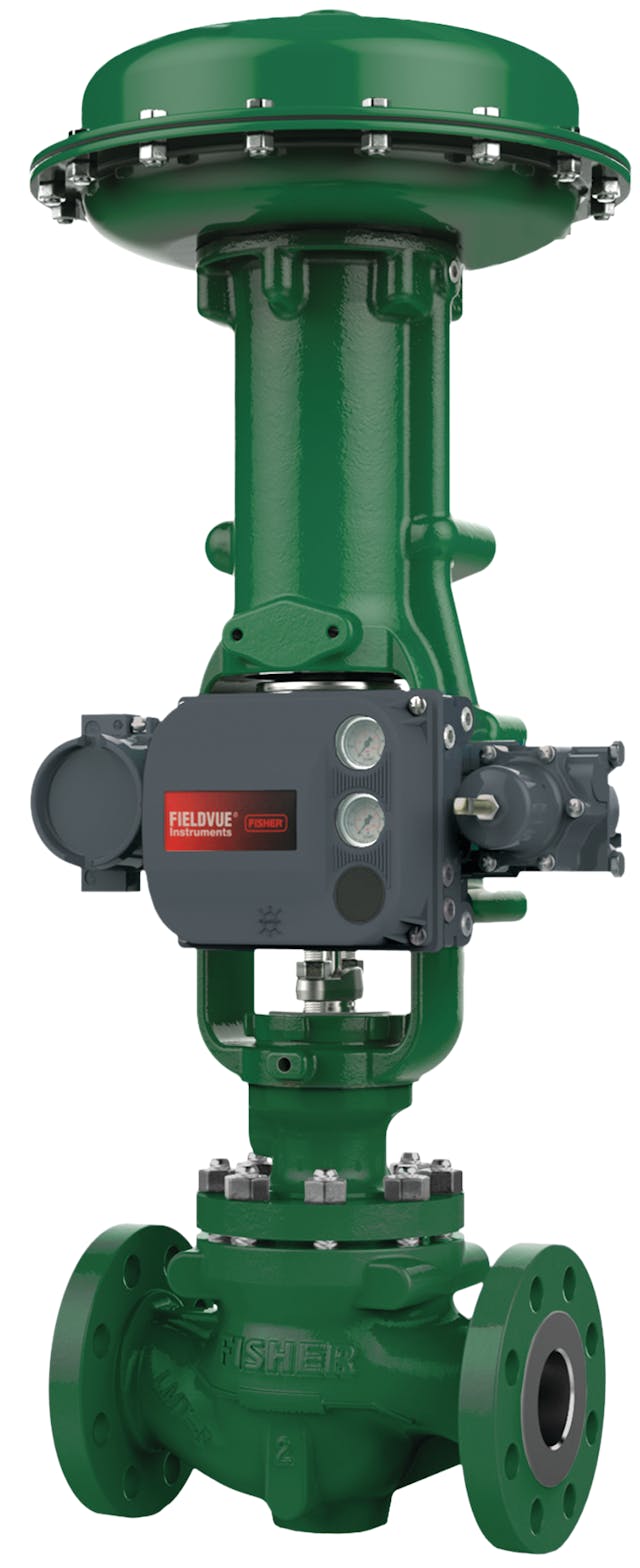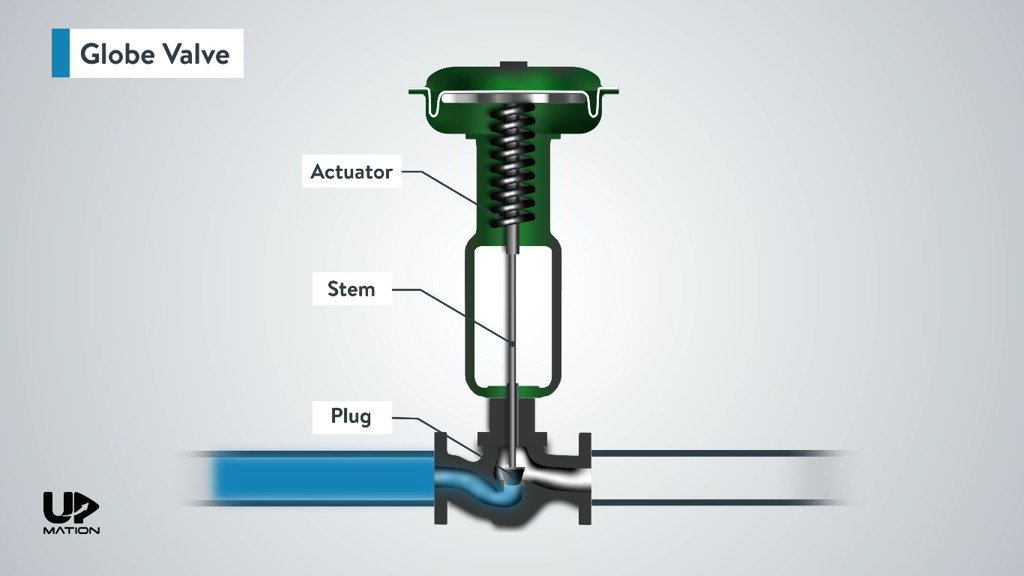The Duty of Control Valves in Liquid Circulation Monitoring Equipment
The Duty of Control Valves in Liquid Circulation Monitoring Equipment
Blog Article

Maximize Power Financial Savings and Convenience With Advanced Building Automation Controls
In the realm of contemporary style and facility monitoring, the integration of sophisticated structure automation controls stands as a crucial advancement. By utilizing the power of automation, structures can adjust, respond, and progress in ways that were as soon as unimaginable.
Energy Performance Benefits
Energy effectiveness benefits can substantially minimize energy usage and operational costs in buildings. Energy-efficient systems, such as innovative structure automation controls, can enhance the usage of resources like cooling, lighting, and home heating, leading to reduced energy expenses over time.
Moreover, boosted power effectiveness can prolong the life-span of structure tools and systems. By running a lot more efficiently, a/c systems, lighting fixture, and various other building parts experience much less damage, causing minimized maintenance and substitute costs. In addition, energy-efficient buildings frequently command greater residential property values and rental prices, offering long-term monetary advantages to owners.
In addition, power effectiveness can improve owner convenience and efficiency. Appropriately controlled interior environments with optimal lighting and thermal conditions produce an even more conducive and positive work space, leading to improved staff member fulfillment and efficiency. Overall, the power performance benefits connected with innovative structure automation controls are multifaceted, including cost savings, environmental stewardship, and owner health.
Enhanced Comfort Control
Enhancing convenience control in structure environments requires a sophisticated combination of innovative automation systems for optimal occupant wellness. By using sophisticated structure automation controls, centers can customize the interior setting to satisfy the details requirements and preferences of passengers. These systems make it possible for specific regulation of ventilation, temperature level, and lights, developing a effective and comfy atmosphere. Passenger contentment and performance are very closely connected to thermal comfort, making it necessary to have systems in position that can adapt to changing problems in real-time.
Improved comfort control surpasses fundamental temperature modifications. It consists of functions such as personalized settings, occupancy sensing units, and natural light application to produce a dynamic and responsive atmosphere. By incorporating these innovative controls, structures can not just enhance convenience however additionally enhance energy performance by enhancing system procedures based on real occupancy and use patterns. Ultimately, focusing on occupant convenience via sophisticated automation systems results in an extra satisfying and much healthier interior setting.
Operational Efficiency Improvements

Additionally, the execution of visit homepage real-time tracking and analytics devices enables building drivers to determine power inefficiencies and operational abnormalities promptly. By constantly keeping track of power use patterns and system performance metrics, modifications can be made in real-time to maximize energy intake and ensure peak operational effectiveness. control valves. In addition, incorporating need response techniques right into structure automation controls can better enhance functional performance by dynamically adjusting energy usage based on grid conditions and rates signals
Indoor Climate Optimization
Efficient indoor climate optimization is an essential facet of building automation controls, making sure owners' convenience and health while making best use of energy cost savings. By making use of innovative sensing units and controls, constructing automation systems can continually readjust and keep an eye on temperature level, moisture degrees, air high quality, and ventilation to create an optimal interior environment. Preserving comfortable and constant conditions not just boosts owner satisfaction but additionally enhances performance and overall health.
Interior climate optimization also plays an important function in energy efficiency. By fine-tuning home heating, air conditioning, and air flow systems based upon real-time data and tenancy patterns, developing automation controls can substantially decrease energy consumption - control valves. For example, carrying out methods such as demand-controlled ventilation and thermal zoning can aid decrease power waste while making sure that each area of the structure obtains the required conditioning.

Sustainable Setting Production
Structure automation controls not only optimize interior environment conditions for energy efficiency and resident convenience however additionally lay the structure for producing a sustainable atmosphere through strategic monitoring of systems and resources. By integrating sophisticated structure automation innovations, such as sensors, actuators, and intelligent software program, centers can adjust and check power usage in real-time to reduce waste and decrease their carbon footprint. These systems make it possible for predictive maintenance, recognizing prospective issues before they intensify and enhancing equipment efficiency to enhance Click Here longevity and efficiency.
In addition, sustainable setting development extends past power administration to include water preservation, waste reduction, and interior air top quality enhancement. Building automation controls can control water usage, find leaks, and make certain correct waste disposal techniques, contributing to total sustainability efforts. Furthermore, by keeping an eye on and managing air flow and filtration systems, these innovations boost passenger health and efficiency while lowering energy usage connected with a/c operations.
Final Thought
To conclude, advanced structure automation controls offer substantial benefits in Visit This Link terms of energy financial savings, convenience control, operational effectiveness, interior climate optimization, and producing a lasting setting. By executing these controls, structures can attain optimal performance while minimizing power intake and improving passenger comfort. It appears that making use of innovative automation technology is essential in boosting structure performance and producing a much more lasting future.
Energy efficiency benefits can significantly decrease energy consumption and operational costs in buildings. On the whole, the power performance advantages linked with innovative structure automation controls are complex, incorporating price savings, environmental stewardship, and occupant well-being.
Additionally, incorporating demand feedback techniques into building automation controls can further boost operational efficiency by dynamically adjusting power usage based on grid conditions and rates signals.
Building automation controls not only optimize interior climate problems for power efficiency and owner convenience however also lay the structure for producing a lasting atmosphere through tactical management of systems and resources.In conclusion, progressed building automation manages offer significant advantages in terms of energy cost savings, comfort control, functional efficiency, interior climate optimization, and developing a sustainable setting.
Report this page